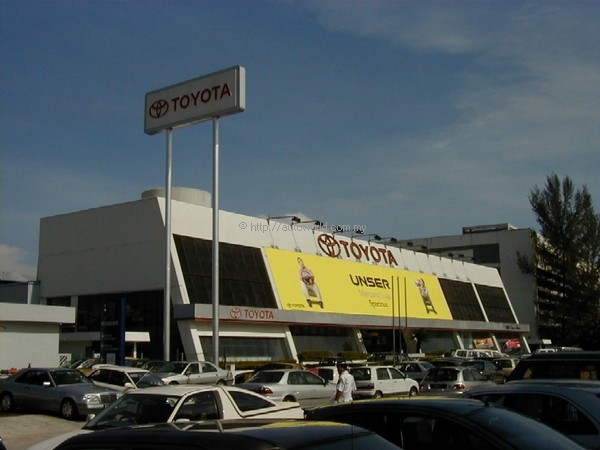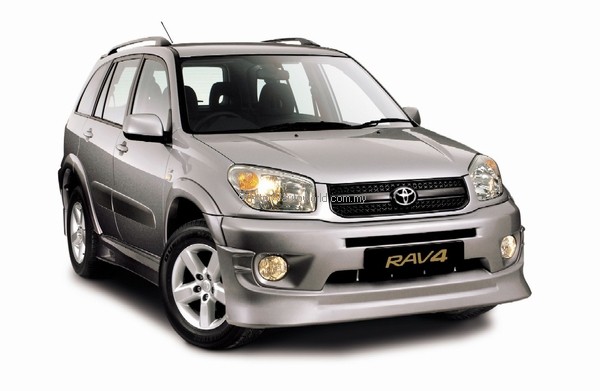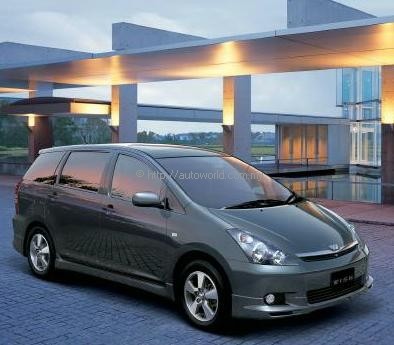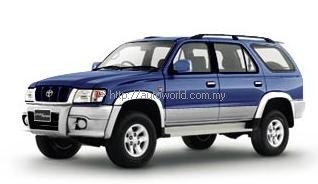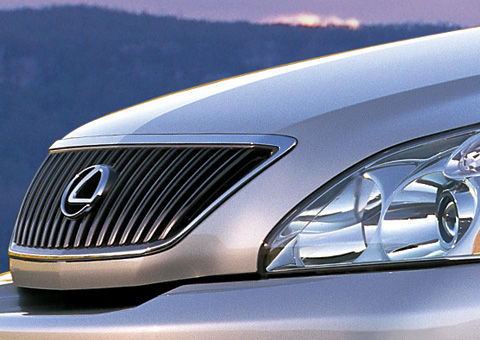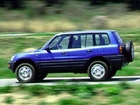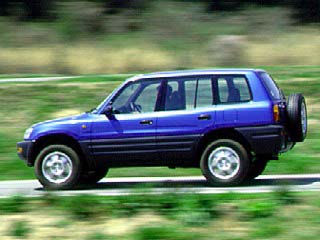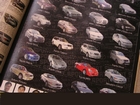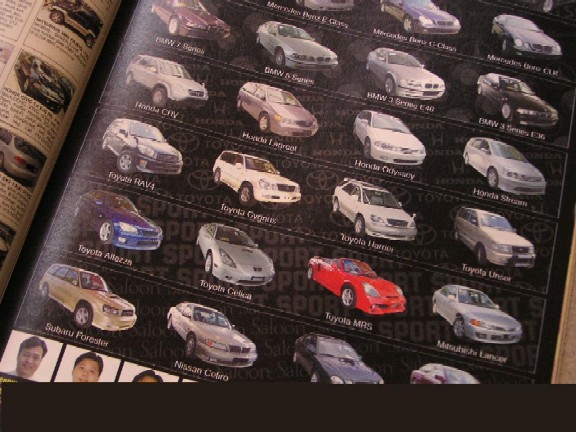UMW Toyota Motor Gets Serious about CBUs
While its locally-assembled models like the Toyota Unser, Vios, Corolla, Camry and Hilux have been selling in numbers large enough to make Toyota the No. 1 brand among the non-national makes, UMW Toyota Motor (UMWT) is well aware that it is losing out on what could be a significant number of sales to parallel or ‘grey’ importers who offer other models. Just look at the number of Toyota Harriers, Estima MPVs and also Lexus models on the roads and you know that there is clearly demand for such models.
Two factors have prevented UMWT from offering more CBU (Completely Built-Up) imported models – limited number of APs (import permits) and unusually low prices of the units sold by the parallel importers. Whereas these parties will buy mostly Japanese domestic market (JDM) versions from dealers in Japan at different prices, UMWT can only buy official export models direct from its principal, Toyota Motor Corporation.
In theory, a sole distributor should be able to price its models competitively and attractively as it deals direct with the manufacturer but the problem is that the parallel importers may obtain the JDM models at prices below what the factory may officially sell at because the Japanese dealers may be trying to clear stocks or have surplus. So they may be willing to discount substantially just to move the stock out of their yards. Thus when these units finally reach Malaysia, they can be offered at low prices.
This having been the case, UMWT has not put in a lot of effort to push CBUs although during the 1990s, before the economic crisis, it was importing small batches of popular models like the Estima and RAV4. The prices then were actually quite competitive and demonstrated that when they really wanted to, they could fight the parallel importers on price.
As for APs, this has been a thorny issue for the franchise holders for many years and in the light of AFTA and increased liberalization of the Malaysian auto sector, the government is quietly issuing APs to legitimate parties. On one occasion, MITI Minister Dato’ Seri Rafidah Aziz said that there was not actually a cap on AP issue but her ministry did not just want to issue a whole block of APs before those issued earlier had actually be used. However, she said that applications could be made for more APs and if the business case was clear, then APs would be issued.
Under such circumstances, it is not surprising then that UMWT is now wanting to get into the CBU game which its arch-rival Honda Malaysia has been playing since its establishment. Honda Malaysia does brisk business bringing in Jazz and Odyssey models and more recently, special versions of the CR-V. It has been trying to win over those who would typically go to parallel importers and seems to be succeeding in a small way but the enthusiasts still want to see those hot Type R versions here!
After-sales support is the main point which UMWT highlights in offering CBU models. The units sold by parallel importers have no warranty and those companies do not bother with after-sales services either. However, UMWT, as the franchise holder, has an obligation to support all models it sells and with the new RAV4, which is its first CBU model under this new strategy, there is a 36-month/100,000-km (whichever comes first) factory warranty. Technicians in its service centres also get proper training to look after the CBU models and Toyota genuine parts for the model are kept in stock.
“Furthermore, all units sold by us possess complete documentation so owners will have no worries with regards to customs issues and of course, they have specifications suited for Malaysian conditions and regulations,” explained Harry Loo Chee Yan, GM of UMWT’s Product Planning Division. This particularly issue is very important to owners because when they sell of the vehicle later on, documents such as the original AP may be required by the JPJ in order to effect a transfer of ownership.
While customers can look forward to more CBU models from UMWT, it is still uncertain if the company will offer Lexus models. As it stands, UMWT is a Toyota distributor and Lexus is often treated as a separate brand though it is also a brand of Toyota. The original concept of Lexus was to be entirely separate from Toyota in terms of branding and this was successfully done in North America where an entirely new unit was established as well as a new dealer network. But that was possible because of the large volumes making such as approach possible.
For the rest of the world. Toyota’s original plan to completely separate the two brands was modified a bit and there have been cases where Toyota distributors offer Lexus models but there is still a requirement to have separate facilities. Lexus standards are substantially higher because it is a luxury brand and the stories of just how high the standards are have become the stuff of legends in the auto industry. In fact, even in build quality, Lexus has been a consistent No. 1 in the JD Power Initial Quality Surveys, beating even the European luxury brands.
Until the tariff structure is such that CBUs do not get penalized by import duties that range from 140% to 300%, it is unlikely that UMWT will think of selling Lexus because its cars would be priced very high – at a level where customers would still be inclined to put their money into a Mercedes-Benz or BMW. And in order to offer the superior after-sales support Lexus has become famous for, there would need to be enough volume to justify the investments in facilities.
Don’t count on AFTA making any difference either since most CBUs (like the RAV4) would come from Japan and are therefore outside ASEAN. The agreement for 0 – 5% import duties only applies to vehicles which contain no less than 40% ASEAN content and which would therefore be made within ASEAN. Given the nature of Lexus models, it is unlikely that they will be produced in an ASEAN country anytime soon. In fact, there is only one place outside Japan which is making Lexus models and that is a factory in Canada.
Nevertheless, this new development at UMWT is also preparing the ground for CBU models from other ASEAN countries and one of them is likely to be the Wish which is now built in Thailand. It is not inconceivable that if the new Ford Everest succeeds in reviving interest in the large SUV segment, UMWT might also bring in the Sportrider model which takes the same approach as the Everest in that it is derived from a pick-up platform.




